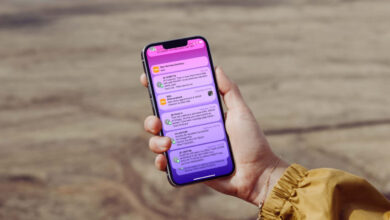How to Choose the Right Sunglasses?

In these days of summer, we can say that the eyes are vulnerable to sun rays and infections. For this, it is possible to protect eye health in summer with simple measures such as using sunglasses. We will explain in seven items what should be considered when choosing sunglasses. We will also touch on some well-known misconceptions.
Glasses Should Block Ultraviolet Rays
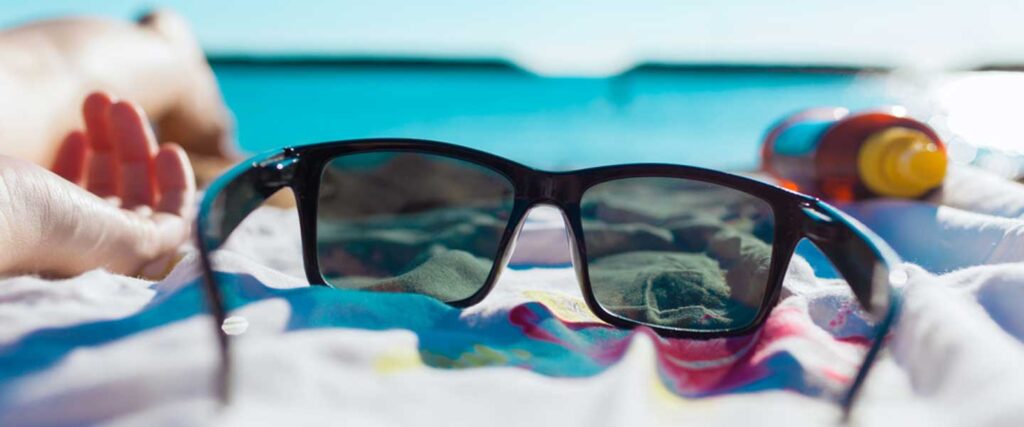
The sun’s rays emit ultraviolet (UV) radiation at a rate that human eyes cannot perceive or feel. Sunglasses that allow us to protect our eyes from the sun should have a protective feature from UV rays and should be suitable for our eyes. In a quality sunglasses, it is primarily important whether the color of the glass blocks ultraviolet (UV) light rather than its dark or light color. Sunglasses must have a certificate that they block UV or ultraviolet rays. Normally, each lens can block UV at different rates, but special coatings must be used for effective UV blocking. The light-blocking power of sunglasses is indicated by phrases such as UV200, UV400 and UV600. Sunglasses with minimum UV400 protection should be used, especially at the seaside and while skiing.
Must Have CE (Conformité Européene) Certificate
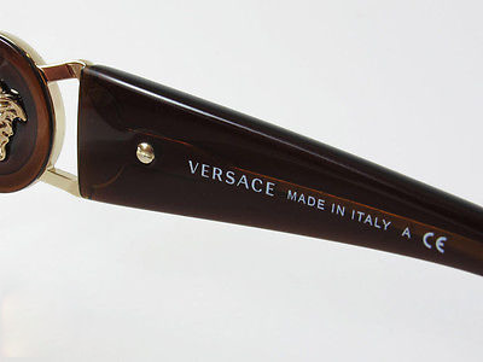
When you wear the glasses, you should not see blurry and details should not be lost. Quality sunglasses should have a reliable registration certificate. Since 1995, CE (Conformité Européene) inscription has been found on quality glasses according to European Union standards. The CE certificate states that the product complies with the minimum safety requirements. When buying glasses, it should be noted whether the glasses are stained or mica, and whether there are scratches, bubbles and curvatures on the glass.
Glasses Should Focus on a Vertical Line
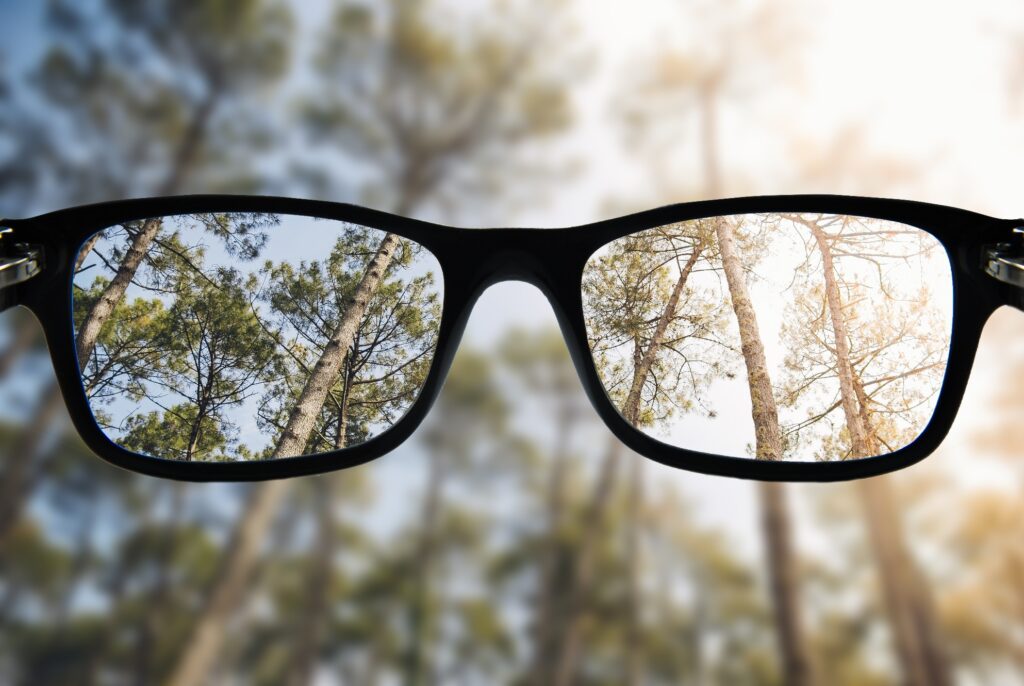
Another way to understand quality is to focus on a vertical line after wearing the glasses. In this case, when you move an unnumbered sunglasses, the image does not move. When we move the glasses slightly up and down, left and right, if there is play or breakage in this line, those glasses are not suitable.
Light Absorption Rate Should Be Appropriate
The “light absorption rate” in the user guides expresses how much of the light coming from outside the lens absorbs, how much it reflects and how much it lets in. In the city environment, 40-50 percent absorption is appropriate, 50-70 percent in mountainous regions where the sun’s rays are more steep, 80-85% absorption on the sea coast and while skiing.
Not All Expensive Glasses Mean Quality

A quality sunglasses must have a “UV light blocker” feature. Sunglasses without this feature only prevent excess light from passing through, but this blocking does not provide any benefit, on the contrary, it harms. Because the pupil of the eye does not shrink when colored glass is attached. Thus, harmful UV rays enter the eye in large amounts. A quality sunglasses must have quality and UV blocking certificates.
Having Mirrored or Polarized Glasses Doesn’t Provide Extra Protection!
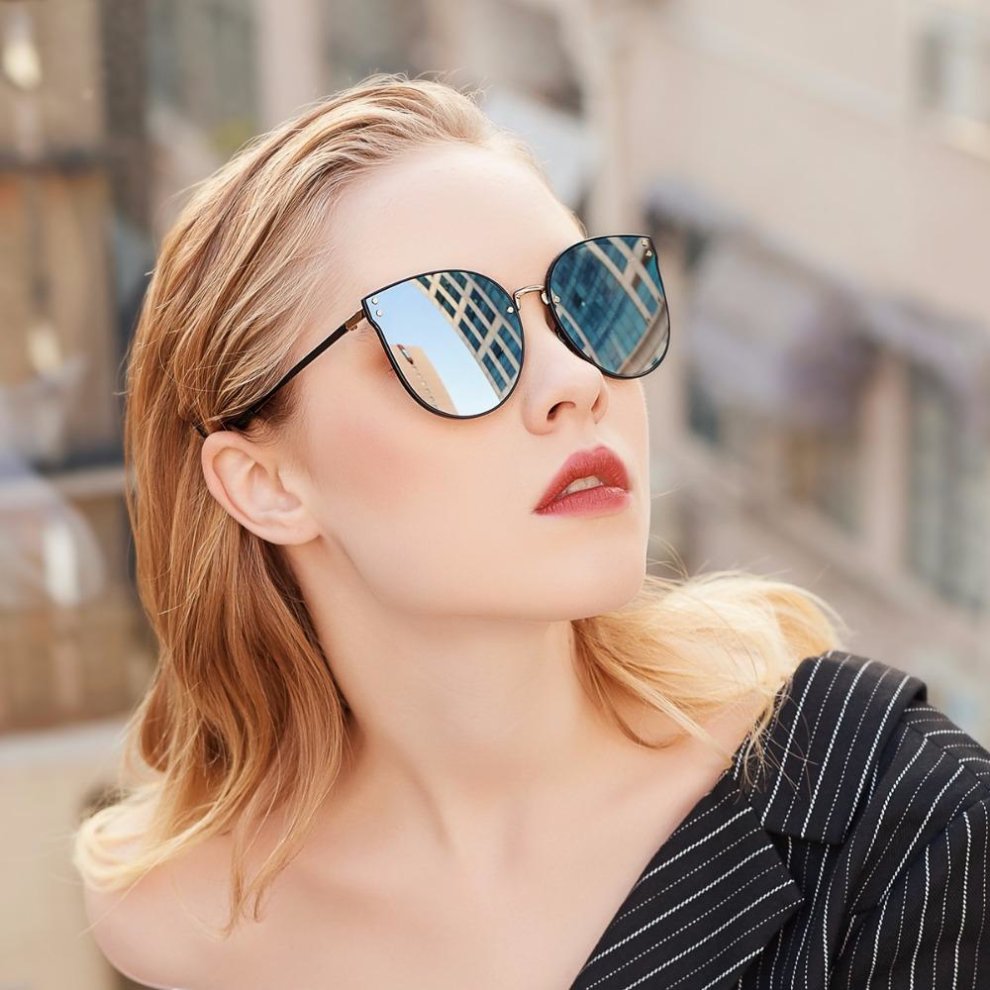
Since mirrored glasses reflect some of the light coming into the eye, they can be preferred especially at the seaside where there is intense light. Mirrored coatings reduce the amount of light coming into the eye, but do not affect the UV blocking rate. Although the polarized glass feature is not normally associated with ultraviolet blocking, both polarized and effective ultraviolet blocking glasses provide a safer and better visual comfort. There is no relationship between the lens color and the UV protection inside the lens.
Better Not to Wear Fake Sunglasses at All!
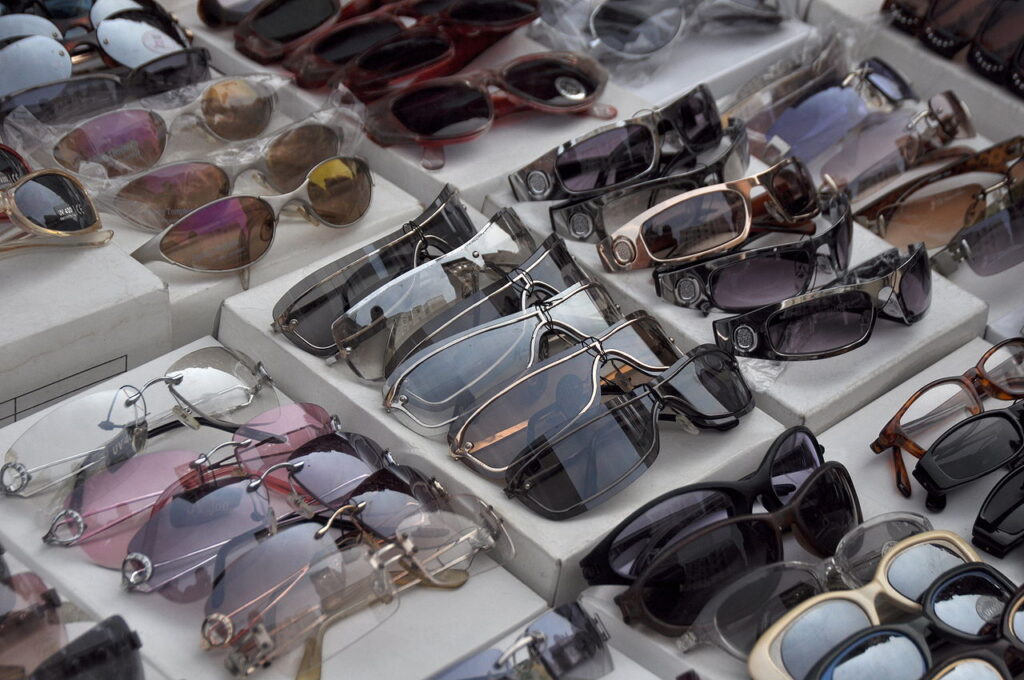
It’s better not to wear fake glasses at all. Sunglasses that block only visible light, but do not block UV rays, disable the pupil’s ability to naturally protect itself. Since the pupil will open well in the dark environment provided by the sunglasses, invisible UV rays penetrate too much through the open pupil. Therefore, fake sunglasses without UV filters should not be used.
Right Known Mistakes
- UV protection is related to the material of manufacture, not the darkness of the eyeglasses. Coloring ratio provides visual comfort by only reducing the intensity of light.
- Polarized lenses cut glare, but do not protect against UV light.
- Cleaning the glasses with the ends of the clothes, throwing them in the bag or pocket casually are among the most common mistakes. These errors cause micro scratches on the glass. These invisible scratches deteriorate the quality of vision over time.
- Storing the glasses in their original box when not in use; cleaning should be done with running water, soap or the supplied microfiber cloth.
- Contact lens wearers should wear sunglasses, even if their lenses are UV-filtered. Sunglasses protect against dry eyes, which contact lens wearers often encounter.
- In environments where the sun is very intense, we must protect our eyes from the undesirable effects of sun rays with sunglasses and a visor hat support.
You may be interested; What Should Be Considered When Choosing Perfume?






